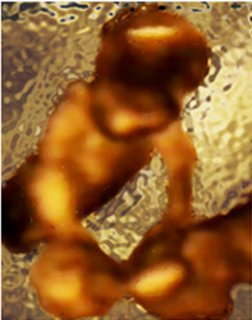Dr. Harold Lewis is a giant in physics. At one time, he was the chairman of the physics department at the University of California, Santa Barbara. He is now an Emeritus professor at the same institution. He served in the Navy during World War II, was chairman of the technology panel on the Defense Science Board, chaired that same board’s study on nuclear winter, was on the Advisory Committee on Reactor Safeguards, was a part of the President’s Nuclear Safety Oversight Committee, chaired the American Physical Society’s study on Nuclear Reactor Safety, and was a member of the United States Air Force Scientific Advisory Board. As if that’s not enough, he is a co-founder of JASON, a group of scientists who advise the United States Government on scientific and technological issues.
This giant recently resigned from the American Physical Society (APS). Why? Because he was sick and tired of the APS supporting pseudoscience when it comes to global warming. In his resignation letter, which I urge everyone to read, he specifically says:
…the global warming scam, with the (literally) trillions of dollars driving it, that has corrupted so many scientists, and has carried APS before it like a rogue wave. It is the greatest and most successful pseudoscientific fraud I have seen in my long life as a physicist.
Even though I doubt that the APS will learn from this action, I applaud Dr. Lewis for publicly separating himself from an organization that claims to be scientific but seems happy to throw science under the bus in order to jump onto a politically fashionable and incredibly lucrative bandwagon.
Continue reading “It’s Too Bad The APS Won’t Learn from This”






